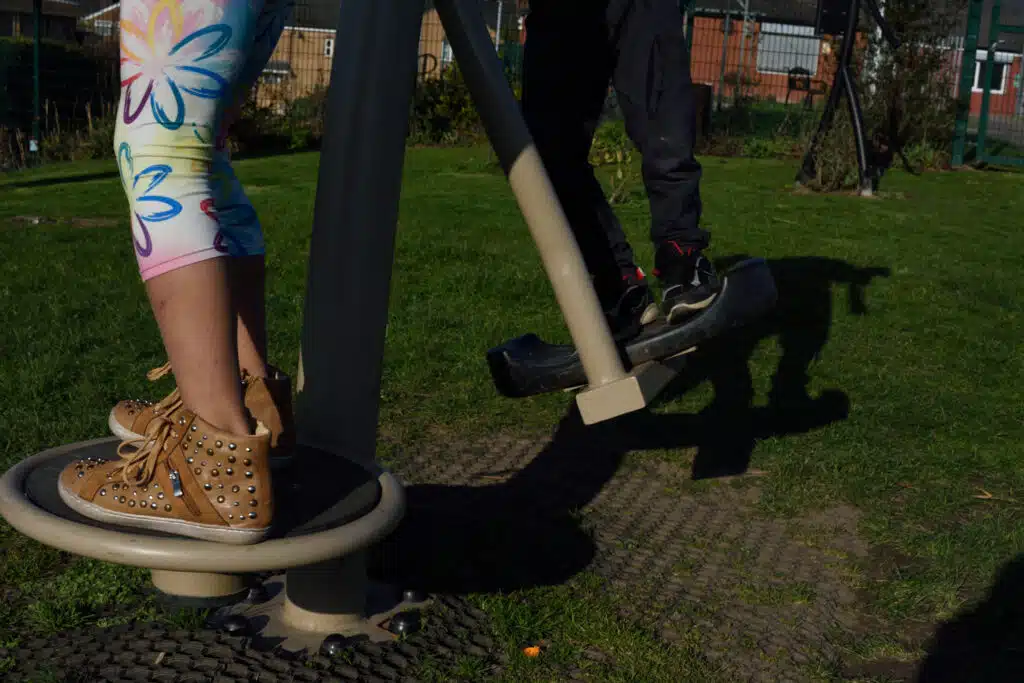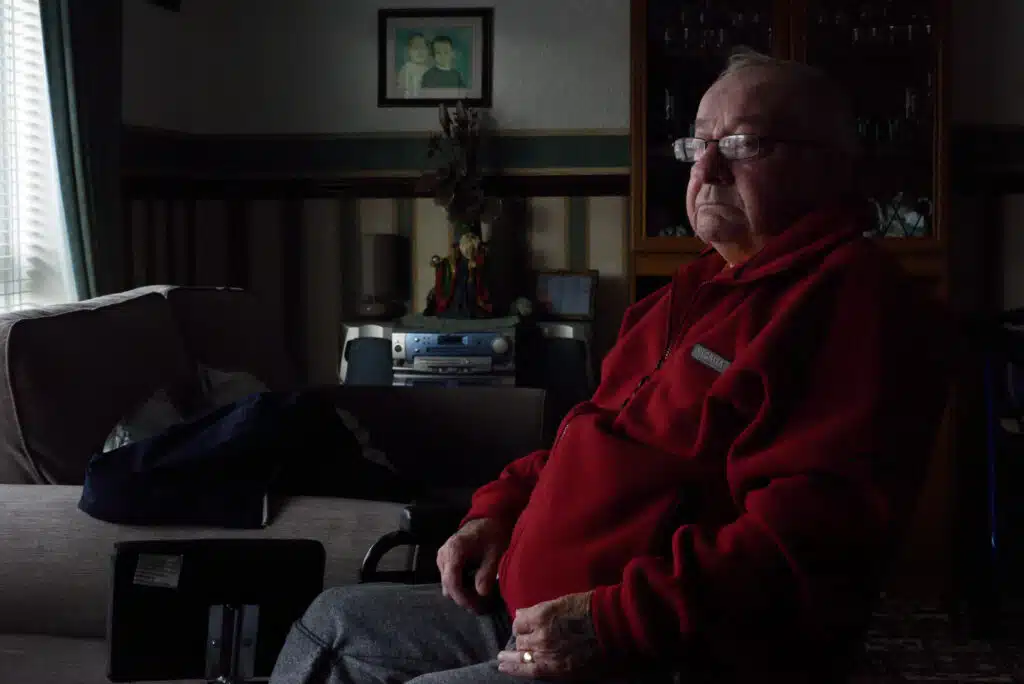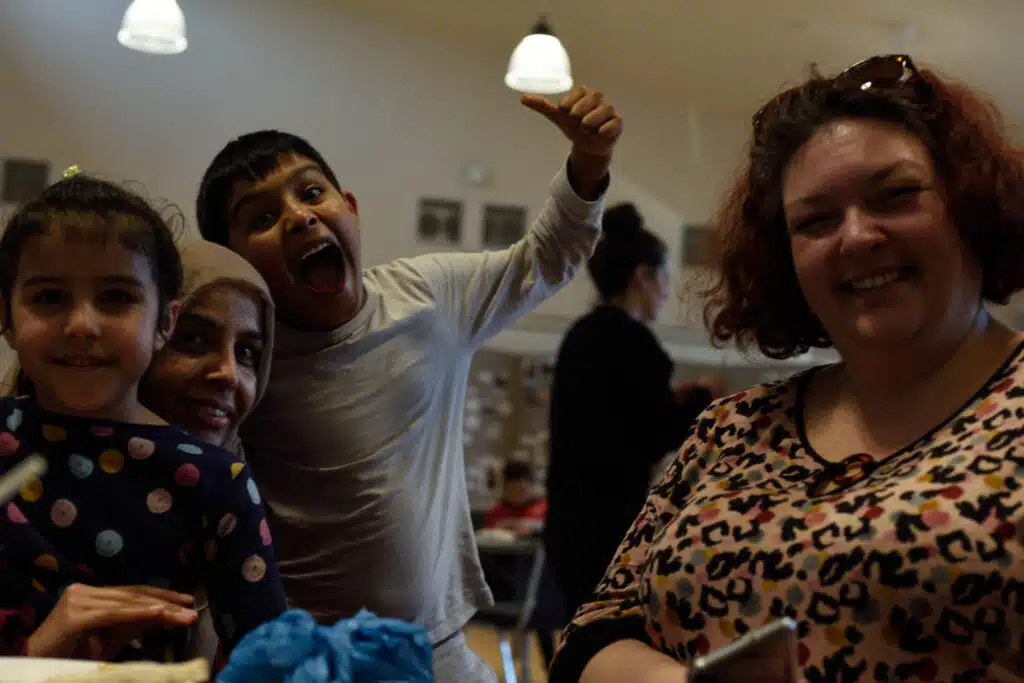New Arrivals: A Who is Your Neighbour Story
Posted by IMIX on September 25, 2024Following on from their online session in partnership with IMIX on Creating Spaces That Disrupt Division, Who is Your Neighbour, (WiYN?) Director Tariq and National Partners Project Manager Jill share what their work looks like in action.
WiYN? facilitates community dialogues about troubling subjects – like race, immigration and cultural change – and shares stories that emerge from its work.
August’s (2024) racist riots targeted Muslims and asylum seekers and brought into sharp focus the need for WiYN?‘s intervention – and others like it. The South Yorkshire-based charity has, since 2009, offered conversations in areas facing challenges. These are held with empathy and curiosity. They can create the conditions for shifting attitudes and therefore resilience to divisive, anti-migrant narratives.
Newcomers
A story that often emerges, gets told and re-told during a WiYN? conversation is about unexpected New Arrivals to neighbourhoods. People have pride in the ways they help shape the place where they live. When employment, industry or something else changes, this can cause significant suffering and leave people feeling forgotten. Newcomers then further change a neighbourhood, in unpredictable ways. Residents’ fear of that change is likely to get talked about.
Skilled facilitators can hold safe, useful spaces for sharing those feelings, so that the talking does not consolidate fear but rather supports people to develop curiosity about themselves and others.

A different and less fearful conversation can happen when people are heard and given space. Some people might notice that – while every coming and going is unique – relocating, being a newcomer or wanting to welcome newcomers are also shared experiences. In conversations WiYN? held near Rotherham, where new people had recently arrived from parts of Africa and Eastern Europe, some long–term residents from the white, Catholic community remembered their own arrivals. Pat* said she, “stuck out like a sore thumb. I thought it was really sad to go to Mass on my own week after week. If I went to the market, they thought, ‘Who does she think she is, talking posh?’”
‘Difference’
Others described how differences between neighbours had always been part and parcel of the identity of their place – a village built on land that was, in living memory, only fields. Jack* remembered how reputation played a part in community life and perceptions of difference had forever shaped things: “There was always that division there, two different classes of people. At the top of the hill you were ok, if you were down in the other part of the village … you were painted with the same brush as everybody else.”

Bridging divides
In these conversations, white residents remembered prejudices they themselves had faced, and held, over the years. Many had come from Ireland: their grandparents and parents bore the brunt of prejudices as they built the community. They, in turn, embraced prisoners of war attending their church and dance hall, some of whom “married local girls.”
Wondering about this, Pat* remarked that it is very difficult to know a person unless you become curious about them and have a real encounter. She shared the story of a man she finally approached after seeing him often, cycling his son to school:
“I said, ‘Do you work?’ and he said ‘I am an asylum seeker’. Now, I said hello to that man regularly – but I had no idea.”

* all names have been changed
Find this and other stories as told in our resources – here
In addition to its conversations, WiYN? offers training and support at a national level, in order to share learning from its relationships with white communities facing challenges in and around Barnsley, Doncaster, Rotherham and Sheffield. Get in touch to find out more or find out what’s on offer here.



